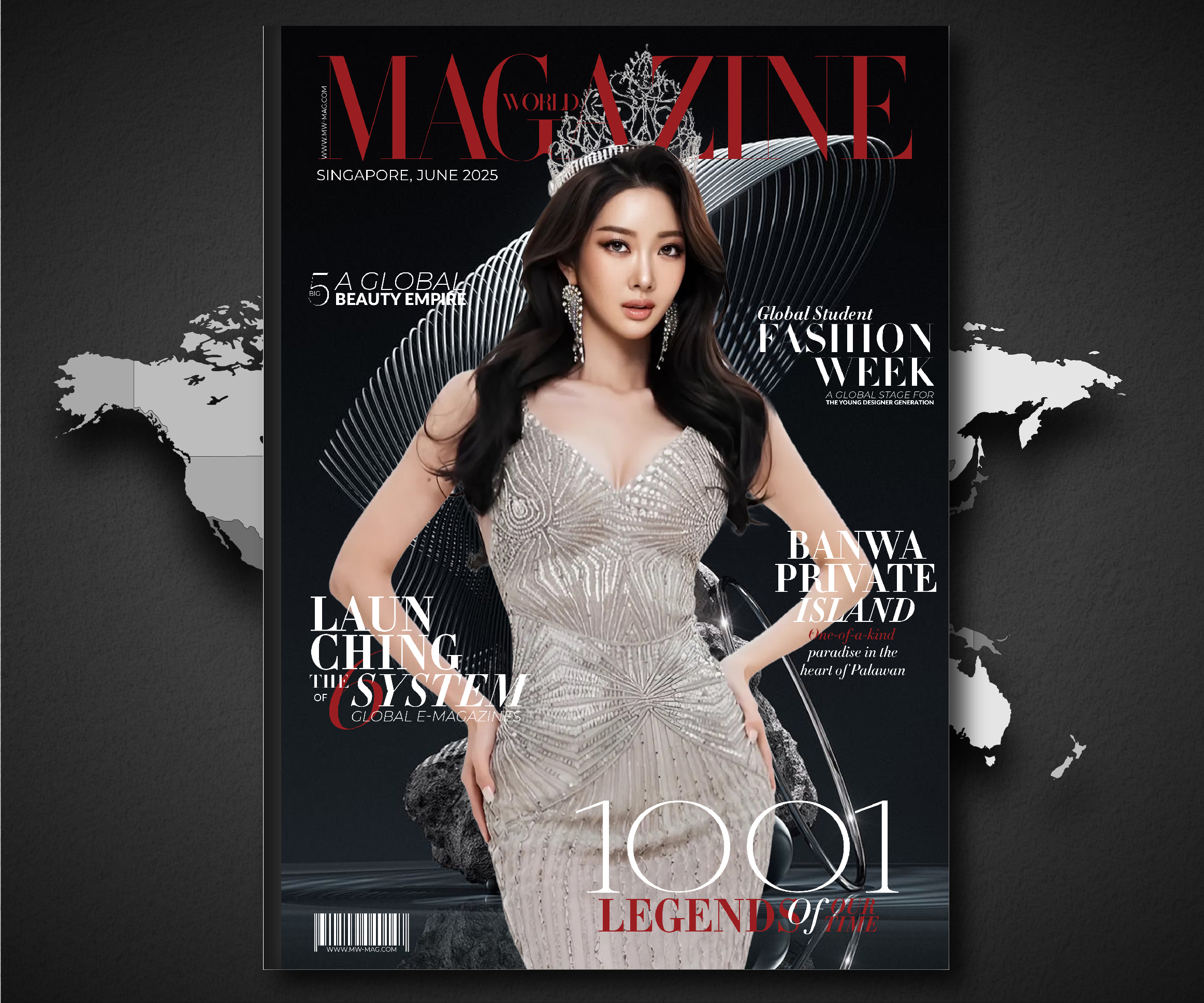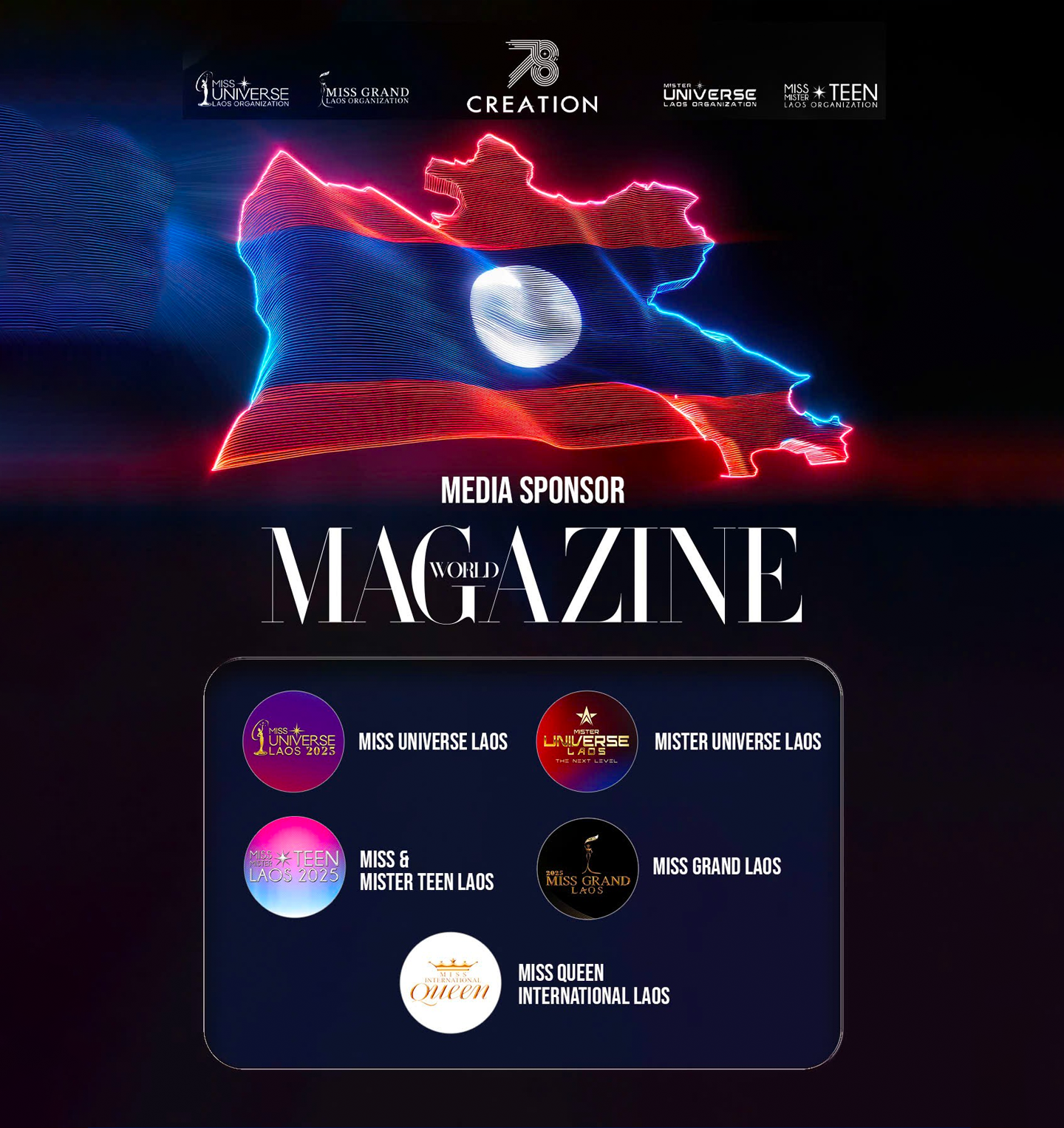For years, the origin of ‘Shy Ronnie,’ Andy Samberg’s bizarrely brilliant and Emmy-nominated character from the Saturday Night Live Digital Shorts, has been a mystery, assumed by many to be a purely absurdist invention of The Lonely Island trio. The character—a red-headed, bespectacled rapper who could only mumble inaudibly in the presence of his superstar partner, Rihanna—was an instant classic in the digital age. Now, the comedy group has finally drawn back the curtain on the inspiration, revealing that the key to Ronnie’s distinct aesthetic lay in an unlikely source: a forgotten, visually arresting teenage character from a popular HBO series. The surprise revelation, made by Samberg and his creative partners, Akiva Schaffer and Jorma Taccone, on their podcast, instantly recast the character’s history. It turns out that Ronnie’s signature style—a look described by the comedians as “dope”—was a direct homage to a specific, style-defining teen they had become creatively fixated on while watching the premium cable channel. This confession transforms one of SNL’s most beloved modern creations from pure sketch comedy into an act of inspired, albeit secretive, character borrowing.
A Deep Dive into the Lonely Island Archive
The genesis of SNL’s groundbreaking Digital Shorts—created by the comedy trio The Lonely Island, comprised of Samberg, Schaffer, and Taccone—was rooted in an obsession with niche pop culture and the meticulous crafting of absurd yet catchy musical parodies. Hits like “Lazy Sunday,” “Dick in a Box,” and “I’m On a Boat” defined a new era of sketch comedy, moving quickly from television screens to viral internet fame. Amidst this whirlwind of creativity, “Shy Ronnie,” which debuted in 2009 and featured superstar Rihanna as his supportive but increasingly frustrated musical partner, stood out for its high-concept physical comedy and musical juxtaposition.
:max_bytes(150000):strip_icc():format(webp)/Andy-Samberg-100225-7cd750e0e0904012bc55e34fa5f8a8a9.jpg)
The core joke relied on Samberg’s character, Ronnie, being a talented rapper who, due to crippling shyness, could only whisper his sophisticated lyrics, completely ruining their joint performances. This dynamic allowed for the hilarious reveal when Ronnie, left alone, would unleash a torrent of loudly delivered, profanity-laced lyrics, often about bizarre and aggressive subjects. The character was so instantly recognizable and beloved that the sketch earned an Emmy nomination and returned for a highly anticipated sequel, “Shy Ronnie 2: Ronnie and Clyde,” a bank robber-themed follow-up that memorably featured guest host Jon Hamm. For over a decade, fans speculated on the inspiration for Ronnie’s unique combination of nerdiness and unexpected rap mastery, never suspecting that the visual key was not an invention, but an homage to a specific, lesser-known television figure.
The HBO Character Fixation: The Secret Style Key
The secret behind Ronnie’s distinct visual presence was finally exposed by The Lonely Island themselves on The Lonely Island and Seth Meyers Podcast. The comedians confessed that the aesthetic for “Shy Ronnie”—the hair, the glasses, the overall demeanor—was taken directly from a teenage character on the HBO series, Hung. The series, which ran for three seasons, focused on a high school basketball coach who turns to prostitution to make ends meet. The show featured a teenage boy named Stuart, a character whose unique and often awkward “look” fascinated the comedy writers.
The inspiration was not drawn from Stuart’s personality or the plot of the show, but purely from his style. Schaffer or Taccone, discussing the character’s origins, recalled that they were “obsessed with this kid ’cause his look was so dope.” This anecdote confirms that the meticulous, highly specific nature of The Lonely Island’s comedy extended beyond the music and into their character design. They spotted a visually compelling but dramatically distinct figure on cable television and repurposed his aesthetic framework to serve a completely different comedic purpose. This reveals a key part of their creative process: an uncanny ability to pluck an interesting visual from the ether of pop culture and fuse it with an unrelated comedic premise, giving their characters an unexpected depth of pop-cultural reference.
From Awkward Teen to Digital Short Icon
The process of transforming the visual of the HBO teen character into the SNL icon “Shy Ronnie” involved a masterful act of comedic misdirection. The teenage character from Hung possessed a certain blend of earnestness and stylistic peculiarity that lent itself to comedic exaggeration. Samberg and his partners took that core visual—likely an interpretation of a slightly awkward, suburban teen look—and applied the high-contrast joke of the inaudible rapper.
:max_bytes(150000):strip_icc():format(webp)/Charlie-Saxton-Andy-Samberg-100325-e857cc1b30074d599d3b283daf9f38b8.jpg)
The success of the character hinges on this very contrast: a figure who looks like he should be meek and unassuming is revealed to be a verbose, aggressive MC. The specific stylistic borrowing served as a believable foundation for the character’s awkward exterior, making the eventual reveal of his powerful, inner voice that much funnier. This creative strategy allowed The Lonely Island to build an entire comic universe around a simple visual hook. The audience’s subconscious recognition of the “awkward teen” archetype, derived from the look of the HBO character, was expertly exploited to set up the hilarious subversion when Ronnie finally—and loudly—spits his venomous rhymes.
The Legacy of Secret Inspiration and Pop Culture Theft
The revelation about Shy Ronnie’s HBO origins adds another layer to The Lonely Island’s celebrated legacy of stealthy pop culture commentary. Their work often operates on multiple levels: the simple, catchy tune for a mainstream audience, and the meticulous, meta-joke for the deeply invested fan. In the case of Shy Ronnie, the secret inspiration was not merely a fun fact but a core component of the character’s construction.
The decision to base Ronnie on a character whose show had a notably different tone—a dramatic comedy-drama about serious personal hardship—underscores the group’s unique brand of humor. They took a visual anchor from a world of dramatic realism and dropped it into their own universe of musical absurdity. This cross-pollination of genres and source material is a hallmark of the Digital Short era, proving that the most successful comic characters are often the ones built on the most specific, sometimes hidden, real-world observations. The Shy Ronnie sketches remain fan favorites, a lasting testament to the genius that can emerge from a comedic obsession with a seemingly ordinary, style-defining teenager on premium television.




